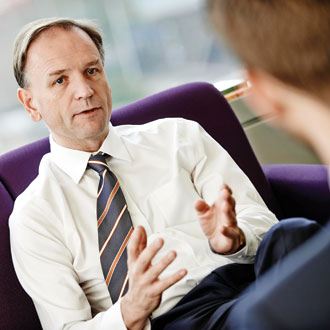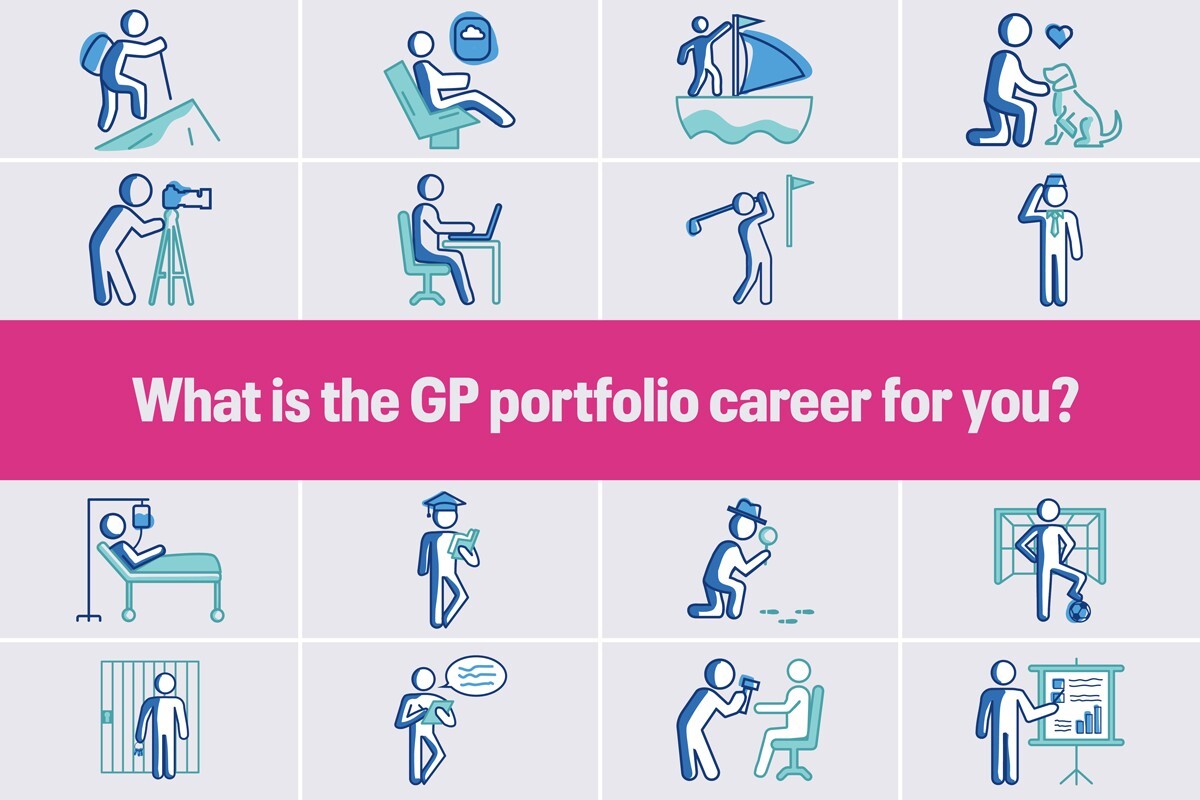Simon Stevens: The bulk of this package is about supporting existing practices

Practices are struggling right now. What measures will immediately help those that are on the brink?
Dr Arvind Madan: We announced the work around the struggling practices scheme, which has been implemented for 2016-17. We’re also launching the resilience team, with the commendation of both the GPC and the RCGP, and bespoke measures around supporting practices that are not quite in that struggling range.
One of the other measures we’re also taking around immediate relief to workload pressures is the standard contract changes.
But actually also measures around reducing some of the regulation in the system, some of the reviews of areas such as mandatory training, and increased use of various technology.
Will these actually be implemented in the next couple of months?
AM: Yes, some of them are active from now, in terms of the standard contract measures that mean that the interface between primary and secondary care is materially changed.
I know, for example, in my own surgery I was going through mail and actually thinking as I was working my way through it that ‘That will change, that will change, that will change’. That’s the kind of thing that will happen immediately.
Obviously some of the other measures will take a little longer to introduce, but we’re going to be working quite closely with the RCGP and the GPC on ensuring that is only going to be meaningful for GPs if they start feeling the change in the consulting room. We’re very conscious of that.
How many of these measures are actually new? A lot of them seem to be repackaged, for example, the recruitment issues within the 10-point plan last year.

Simon Stevens – online
Simon Stevens, chief executive, NHS England: On the money, this is obviously new – the 14% real terms increase plus the rescue package of £500 million plus extra that CCGs are going to be asked to put in – that’s all new.
Then on the specifics, on indemnity we have got a detailed overview of what the options for that look like, why some of the reflex answers might not actually be the right answers.
The clear/key we are committing to is that there is absolutely no reason why GPs should be on the hook for rising indemnity costs, when hospital doctors aren’t. We need a solution that deals with that.
On CQC, 87% of the practices so far that have been through an inspection – and all of them will have been by the end of the year – are good or outstanding. The five yearly CQC review and the commitment to cover off any of the extra costs associated with that – that is new.
In terms of workforce, the big expansions in the clinical pharmacy programme, given that we were oversubscribed dramatically on that – that’s new. The 3,000 therapists and psychologists that will be embedded in general practice: we talked about those in the mental health taskforce. We, at that point, did not predict that they would be embedded as a resource for GPs. We are making that commitment here tomorrow.
In terms of the 5,000 GP quote – we want to get as many extra GPs as we can, go all guns blazing. The bulk of it will rely on HEE being able to deliver on their commitments around trainees, and the increase in the round one acceptance application rate on to the vocational training scheme this year is hopefully an early sign that, with the support of the college and the GPC, we are turning a corner there.
But, we’re also saying that we’ve got a lot of streamlining to do on return to practice, and also international recruitment.
How much of this will be dependent on GPs becoming new models of care? How much will be dependent on them offering seven-day services, for example?
SS: The bulk of this package is about supporting existing practices doing what existing GPs came into medicine to do, and have grown increasingly frustrated about, the pressures on them, and the relative lack of resources.
To deliver on this package does not require all of those things to come into play, but the reality is that a number of practices – over half – are forming into federations or looser practice groupings or super-partnerships across the country, and as they do that, what they’ve been saying to us is: ‘We would like to be able to have greater influence over the way community nursing services are organised, over the way other parts of the so-called ’out-of-hospital’ funding streams work.
So the voluntary contract that GPs in Manchester and Birmingham and parts of London and parts of Nottinghamshire are working on, is about giving GPs that extra influence over all of those different funding streams.
But it’s voluntary, and we’re certainly not expecting that the bulk of GPs will be choosing to do that. We just want to put it on the table for those that do.

How do you ensure that this funding does go directly to GPs? How much of it is dependent, for example, on CCGs stumping up the money?
SS: For next year, of the total, basically I think only £171m of the £2.4bn extra is expected to come from extra CCG spending, but we will need to nudge CCGs in that direction.
And that’s one of the reasons why it makes so much sense for GP governing bodies to really be using their ability to influence CCG decision making in that direction.
AM: I think as you said, there is a substantial investment, and actually there is an expectation that if we are going to be successful in bringing care close to home in any meaningful way the CCGs will be re-engineering the care they commission in their areas.
General practice and primary care services and community services are clearly a more cost effective environment if the care can be provided safely. So I think the ambition is to go beyond the central funding that practices and general practice services will receive, and actually that will be supplemented by CCGs taking a proactive approach in that area.
You do mention something about moving people from being locums to being salaried or in partnership. Is there anything there to specifically incentivise the partnership model, as opposed to being in a salaried role?
AM: The measures are designed to make being part of a general practice team – a regular team – more appealing again. I think probably there has been a shift in balance as workload pressures and patient expectations have increased, that have meant that the life of a jobbing GP is actually pretty difficult.
So I think it’s a bigger piece around how we make that more manageable, that will hopefully entice people who have found it easier to cope as a locum for a period back into the regular workforce, so that we can provide better patient care and more continuity.
Simon Stevens is chief executive of NHS England. Dr Arvind Madan is NHS England director of primary care and a GP in South London
Portfolio careers
What is the right portfolio career for you?














